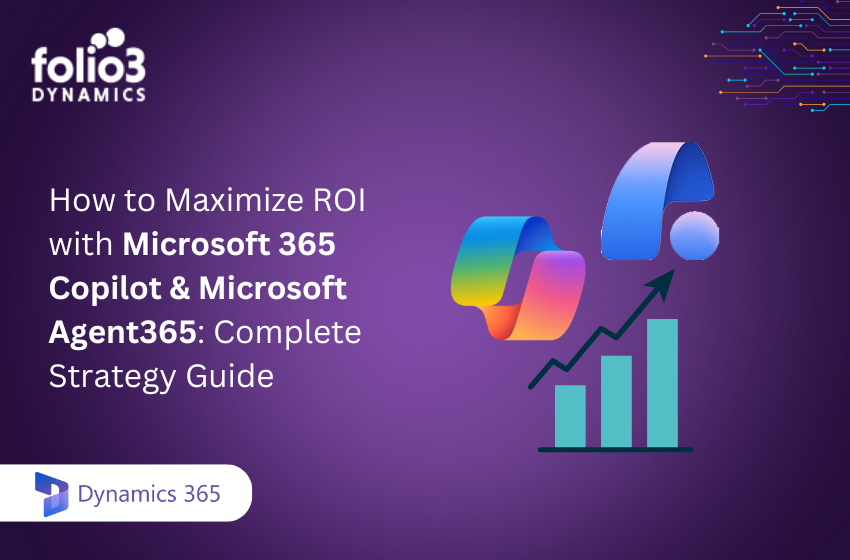[vc_row][vc_column][vc_toggle title=”Jump to:” open=”true”]
How Does an Order Management System (OMS) Work?
Uses of Order Management Systems
[/vc_toggle][vc_column_text single_style=””]
The world of business is nothing short of complicated, even menial tasks like selling something to clients have become considerably challenging. Add in a pandemic to the mix and it becomes a recipe for disaster.
Therefore, it should come as no surprise that companies might need a little something extra to ease the burden and to hopefully achieve what they set out to do in the first place.
Therefore, order management systems are considered to be critical segments of both an organization’s day-to-day activities and a fruitful client experience.
However, despite obvious advantages, numerous organizations are learning the significance of order management in the most difficult way possible. A large chunk of organizations is still neglecting to stay aware and evolve.
Whatever the case, organizations have no choice except to embrace a cutting-edge system as the beginning stage to guarantee the correct items and administrations get under the control of the correct clients rapidly, precisely, and proficiently.
What is an OMS system?
Each time you submit a request with a store, there is an interaction that runs behind the scenes until you at long last get your buy. This cycle is called order management, which is monitoring clients’ orders and taking care of the means that are engaged with satisfying them.
This cycle comprises of taking the order; picking, pressing, and delivering the things referenced in the order; lastly following them until they get conveyed.
How order management works: Order Management procedure.
Order management measures start just after a client puts in their request and gives money for it. The subtleties of the order are shipped off the store’s stock, where stockroom laborers deal with the picking, pressing, and delivery.
The cycle closes with the shop inspecting in with the client to sort out on the off chance that they were not content with their buy.
Now let us take a look at a few pros and cons of a basic order management system.
Advantages:
- Every material can be acquired in the most prudent amount.
- Buying and stock control individuals consequently concentrate on those things which are required just when they are required.
- A positive control can undoubtedly be dealt with to keep up the stock venture at the ideal level simply by figuring the foreordained greatest and least qualities.
Disadvantages:
- Now and again, the orders are set at sporadic periods which may not be advantageous to the makers or the providers of the materials.
- The things can’t be assembled and ordered at a time since the reorder focuses happen sporadically.
- If there is a situation when the order position time is high, there would be a few orders forthcoming with the provider each time and there is the probability that he may supply all orders all at once.
- The system expects stable utilization and a clear lead time. At the point when these change, essentially, another order amount and another order point ought to be fixed, which is very awkward.
Stages:
Most of the order management strategies can be separated into three broad stages: accepting a client’s order, satisfying the order, and afterward dealing with the after-deals measures.
Stage 1 – Getting the client’s order
The main stage of any order management methodology starts when a client puts in a request with your company. This incorporates tolerating the order from the client and gathering an installment for it. After this has been accomplished, the subtleties of the buy are sent to the stockroom so that facility can begin dealing with preparing the items for freight.
Stage 2 – Satisfying the client’s order
In the subsequent stage, you satisfy your client’s order. This stage can also be sub-divided into three distinct steps:
Step 1 – Picking
Attaining an order begins with the picking interaction, in which the things are recovered from the distribution center.
Stockrooms are typically fixed with racks that are each loaded with various sorts of items, so distribution center specialists should have the option to pick the correct things for order rapidly and precisely. When the things have been picked, they are shipped off a packing station to be stuffed.
Step 2 – packing
The packing station has a large number of obligations than simply packing things and then sending them for delivery.
They are likewise responsible for utilizing the correct bundling materials for every item with the goal that it arrives at the client flawless and in great condition, while additionally utilizing assets proficiently.
For instance, amazingly delicate things like crystals should be loaded with bubble wrappers or air cushions, and in an appropriately estimated box to abstain from squandering packing equipment.
Step 3 – Delivery
After you’ve picked and pressed the right order, the following stage is to dispatch it. The distribution center representatives working at the transportation station regularly deal with three assignments:
- Appending the relevant transportation mark and receipt to the order
- Denoting the order as sent in the entirety of your company channels
- Conveying delivering affirmation and order following messages to the client
Picking the items, packing them and then transportation can occur in a specific order if your company has the vital items in store.
So, what do you do when a client puts in a request for a specific item, yet you’re unavailable?
In cases like these, organizations are left with two decisions: they can either dismiss the client or defer the order conveyance to a later date utilizing backorder or outsourcing.
For the backorder, the company submits a buy request with their provider for the unavailable item. The provider will provide the company with a date when they will get the new stock, and thus, the company provides their client with a provisional date to hope to get their order.
Stage 3 – Dealing with the post-deal procedures
The last stage of order management is taking care of the after-deals measures. This is the place where organizations circle back to clients to get input and ensure that they are happy with their buy and deal with any profits and discounts If applicable.
Uses of Order Management Systems:
Order Management encompasses everything from accepting client’s orders and monitoring them to satisfying them and dealing with the after-deals movement is important for an order management process. An appropriate order management procedure that assists each process with following a fixed spending plan, keeps the stock efficient and sets aside time and cash ought to be at the highest point of each distribution center’s rundown of needs.
A coordinated and very much arranged process for overseeing orders can perform wonders for a company’s income and stock. It can set aside time and cash, disclose to you whether various pieces of your organization are cooperating admirably, and enable you to gauge the interest your company will get.
As each order management procedure is itself composed of a few particular procedures that ought to facilitate one another beginning to end. Furthermore, it can also assist you to give a thought of whether the various pieces of your company are cooperating or not.
This is extremely important as it helps you to keep your company operating predictably and convey orders rapidly, precisely, and proficiently with insignificant odds of mistake. Consequently, a smoothed-out procedure can be converted into higher consumer loyalty.
Another advantage of utilizing an order management system is that it can assist you with learning to anticipate the degree of interest you will get.
Foreseeing your interest will assist you with abstaining from overloading and stocking less because you will recognize exactly the amount of every item you’ll have to provide to your clients. This holds you prepared to sell your clients the items they need when they need them.
Since determining your interest gives you a layout of your company prerequisites and costs, you can likewise utilize this data to chalk out a spending plan to pursue. Over the long haul, adhering to this spending will enable your company’s income as well, so anticipating your interest is useful for your stock, client maintenance, and productivity.
Conclusion:
Order management is an essential piece of your distribution center processes as it shapes the essence of how your clients get their orders.
In any case, as your company begins to get more orders, dealing with every one of these processes physically could turn into somewhat overpowering therefore it is essential to invest in a proper order management system as early on as possible.
One such example is, Folio3’s farm ERP software which deals with all your satisfaction processes, improves on your delivery and following, and even allows you to settle in across various channels.
With Folio3’s dynamics Magento connector, you’ll have the option to save more opportunity to develop your orders, as opposed to simply overseeing them. Attempt our order management programming and discover how it can help smooth out your order management processes.


